Cosmetic Dentistry, Teeth Straightening
Can Braces or Invisalign Really Help with TMJ Pain?
If you’ve been dealing with jaw pain, clicking sounds when you chew, or even regular headaches that start near your temples, you’ve probably heard the term TMJ thrown around. You might have also come across a surprising suggestion: orthodontic treatment.
What does jaw pain have to do with straightening teeth?
Turns out, more than you’d think.
At Nu Dentistry Missouri, we see this connection often. For many patients, bite misalignment is at the heart of their discomfort. So today, we’re breaking down how braces and Invisalign can both play a role in easing jaw pain, especially if TMJ disorder is involved, and how to know which option might be the better fit for you.
What’s the connection between TMJ and crooked teeth?
Let’s start with the basics.
Your TMJ (temporomandibular joint) connects your jawbone to your skull. You have one on each side of your head, and they work together every time you chew, talk, or yawn. When this joint isn’t functioning properly—whether due to inflammation, stress, injury, or misalignment—you can develop TMJ disorder (TMD).
Now, here’s where your teeth come in.
Your bite—the way your upper and lower teeth meet—plays a big role in how your jaw moves. If your teeth are crooked, crowded, or your bite is off (say, from an overbite, underbite, or crossbite), it can put extra strain on the TMJ. That strain builds up over time, often showing up as:
- Clicking or popping sounds when you chew or open your mouth
- Headaches or facial pain
- Pain in or around the ears
- Locking of the jaw
- Tenderness in the jaw or neck
Many patients don’t realize their jaw issues are related to their teeth until we take a closer look. In fact, some people seek out treatment for chronic jaw pain, only to discover the root cause is a misaligned bite.
Correcting that bite through orthodontics can take the pressure off your TMJ and, in many cases, bring lasting relief.
Is Invisalign better than braces for jaw pain?
That depends.
Both Invisalign and traditional braces can help realign your bite and relieve TMJ-related pain, but they go about it differently.
Let’s break it down:
Invisalign:
Invisalign uses clear, removable aligners to gradually shift your teeth into better positions. They’re custom-made to your mouth, and you’ll typically switch to a new set every one to two weeks.
Here’s where Invisalign can be helpful for TMJ:
- Less Jaw Clenching: Because Invisalign trays act as a sort of buffer, some patients naturally clench less, reducing jaw strain.
- Gentler Movements: The pressure applied is typically more gradual and consistent than braces, which can feel easier on sensitive joints.
- More Control: Since the aligners are digitally mapped, we can plan precise bite corrections from the start.
But Invisalign isn’t right for everyone. Severe bite issues or complex movements may still need the strength of braces.
Braces:
Braces use brackets and wires to move teeth into better alignment. They stay on 24/7 and require regular adjustments to guide progress.
When it comes to TMJ:
- More Complex Corrections: Braces can handle tougher alignment problems that may be contributing to jaw stress.
- Stronger Force: They allow us to shift teeth in ways that aligners might not, especially in the back of the mouth where bite alignment really counts.
Braces may also be a better option for patients who struggle with wearing aligners consistently. Invisalign requires 20–22 hours of wear per day, and skipping time can delay progress.
Ultimately, the best choice comes down to your specific case. We’ll evaluate your bite, jaw movement, and pain symptoms to see which treatment will be most effective and sustainable for you.
Can straightening teeth really help TMJ?
In many cases, yes—but it’s not a magic switch.
TMJ issues are complex and can stem from a mix of causes, including:
- Chronic stress or clenching
- Past injuries
- Arthritis in the jaw joint
- Sleep disorders like teeth grinding
So while orthodontics can remove one major source of strain—your bite—it might not be the full picture. That said, here’s what we’ve seen at Nu Dentistry Missouri:
Before Treatment:
Patients come in with jaw pain, neck stiffness, clicking sounds, and facial tension. Sometimes, they’ve already tried mouthguards, pain relievers, or physical therapy with only mild improvement.
After Treatment:
Once we align the teeth and bite correctly, many experience reduced symptoms or even full relief. The constant pressure on their jaw starts to lift, and everyday activities like chewing or speaking feel more comfortable again.
Keep in mind, results vary. That’s why a full exam, including imaging and a bite analysis, is key before we move forward.
What should I expect if I get Invisalign or braces for TMJ?
Once we’ve determined that orthodontic treatment could help, the next step is figuring out which approach suits your case—and your lifestyle.
With Invisalign:
You’ll wear clear aligners 20–22 hours a day, switching them out every 1–2 weeks. They’ll gradually shift your teeth into better positions, relieving pressure on the jaw. Since they’re removable, you can still eat your favorite foods and maintain your brushing and flossing habits easily.
With Braces:
Brackets and wires stay on 24/7. You’ll come in for regular adjustments so we can guide the movement with precision. Braces are more visible and require a bit more effort when it comes to cleaning, but they’re powerful for tackling deep bite issues.
In both cases, treatment times vary—anywhere from 6 months to 2 years depending on the severity of your case.
And most importantly: both options can help alleviate TMJ symptoms if your bite is the root cause.
Final Thoughts: Let’s Get to the Root of Your Jaw Pain
If TMJ pain has been interfering with your sleep, your meals, or just your day-to-day comfort, it’s worth taking a closer look at your bite. Something as “simple” as crooked teeth or an uneven bite could be the reason your jaw keeps acting up.
At Nu Dentistry Missouri, we’re not just focused on straighter teeth—we care about your full dental health, including how your jaw, bite, and muscles work together. If orthodontics can help bring your TMJ some relief, we’ll walk you through your options and create a treatment plan that fits you.
Ready to explore whether Invisalign or braces could help your jaw pain? Book a consultation with Nu Dentistry Missouri today, and let’s talk through it.


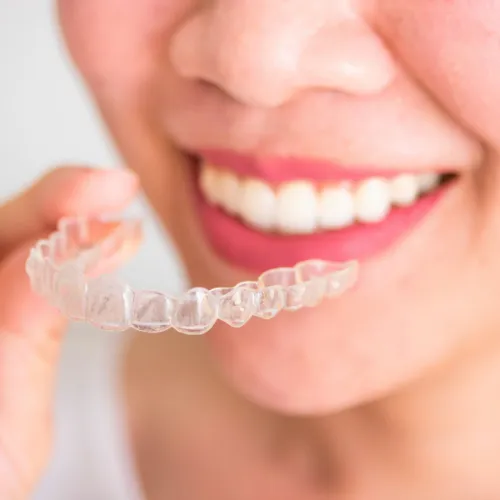
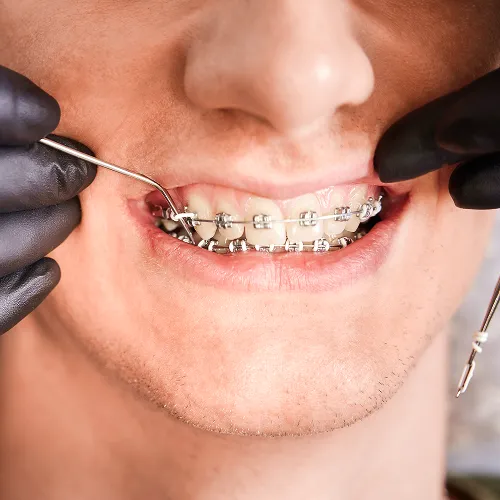
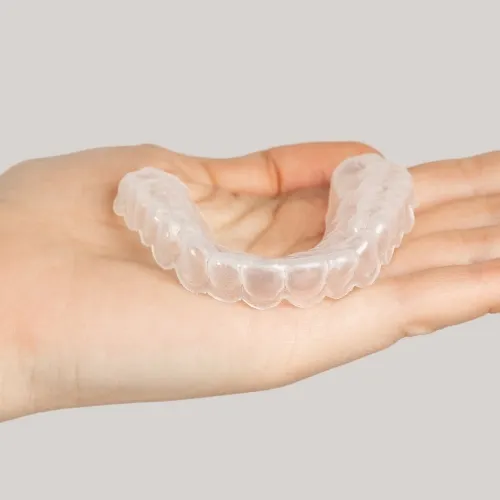
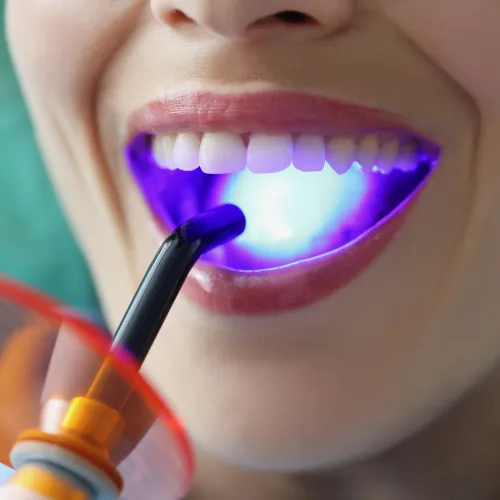
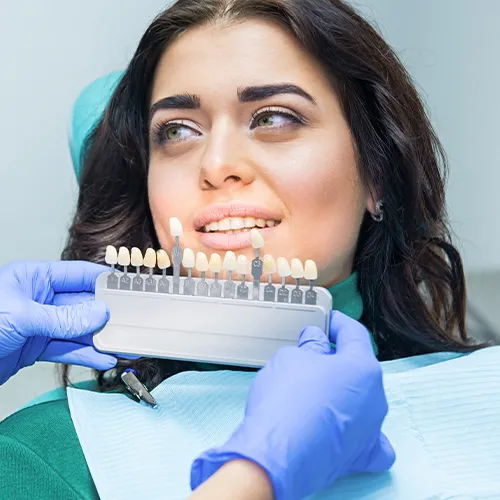


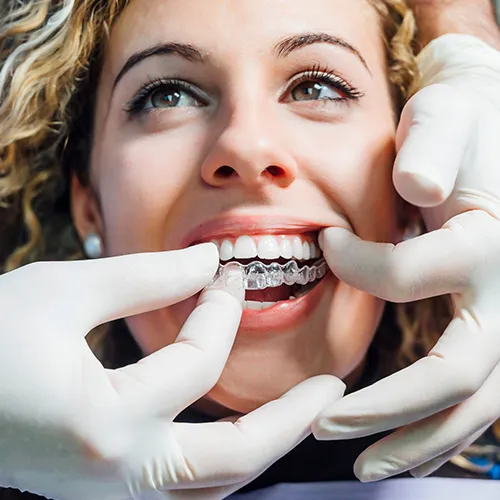




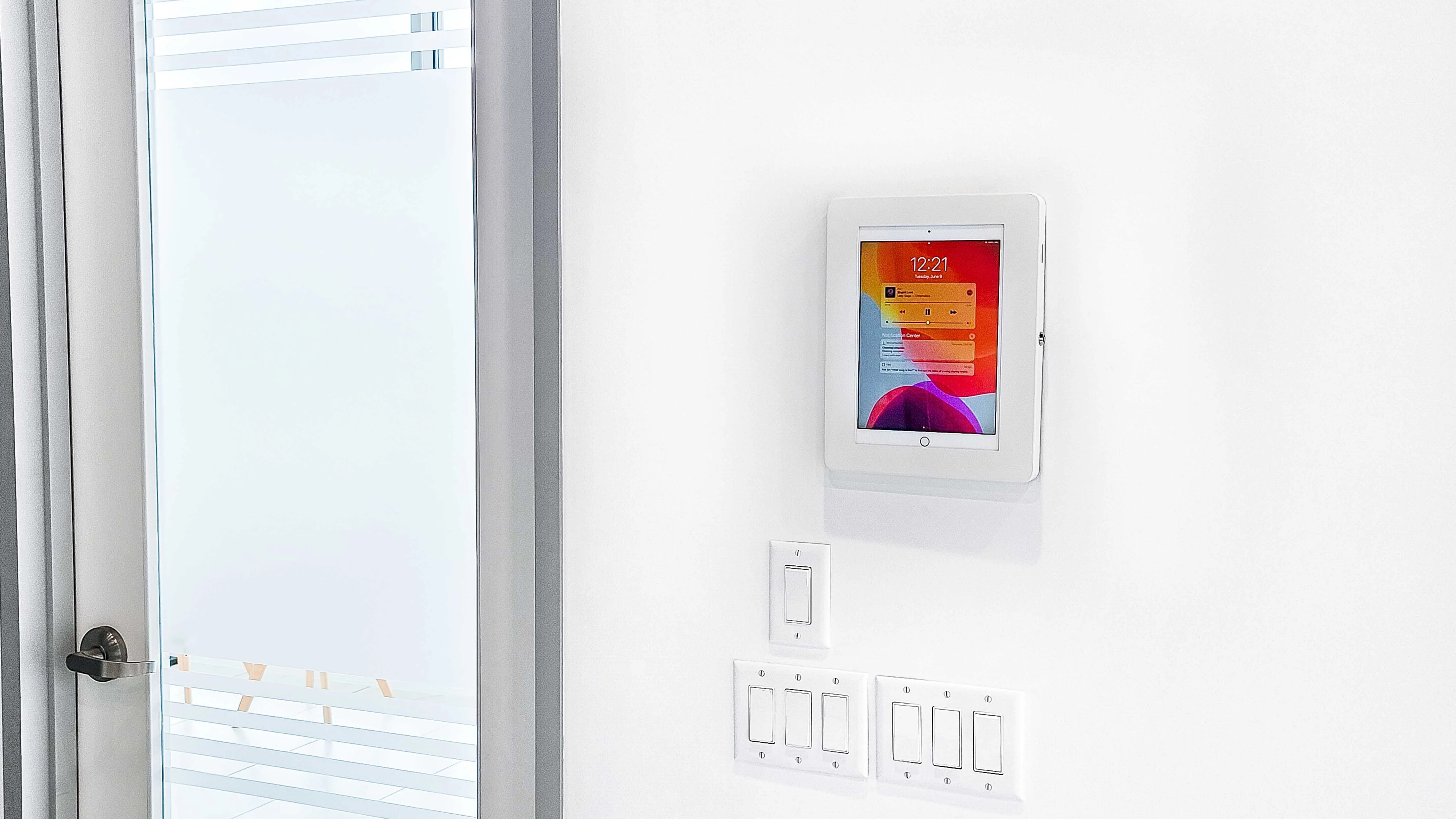

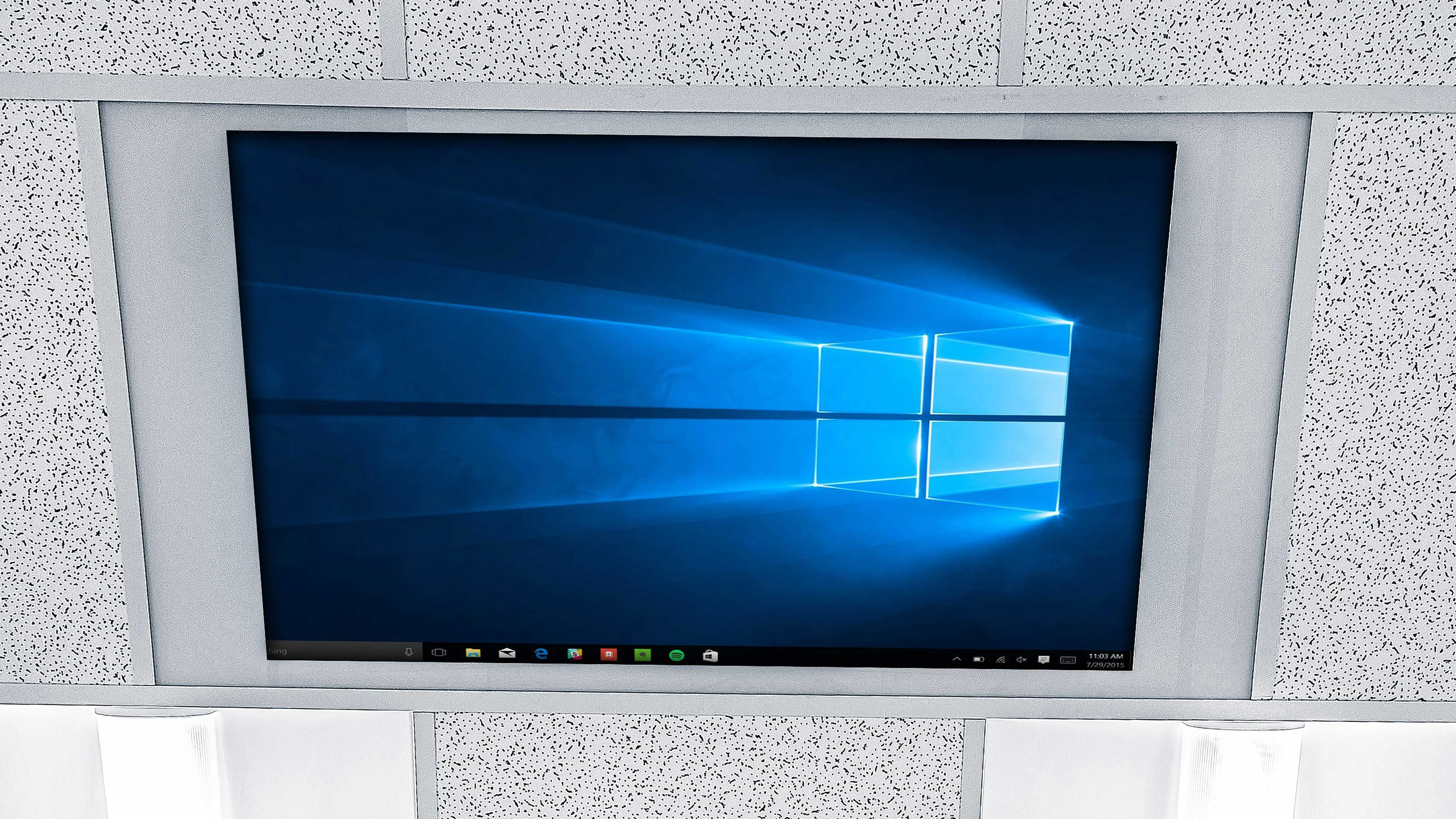





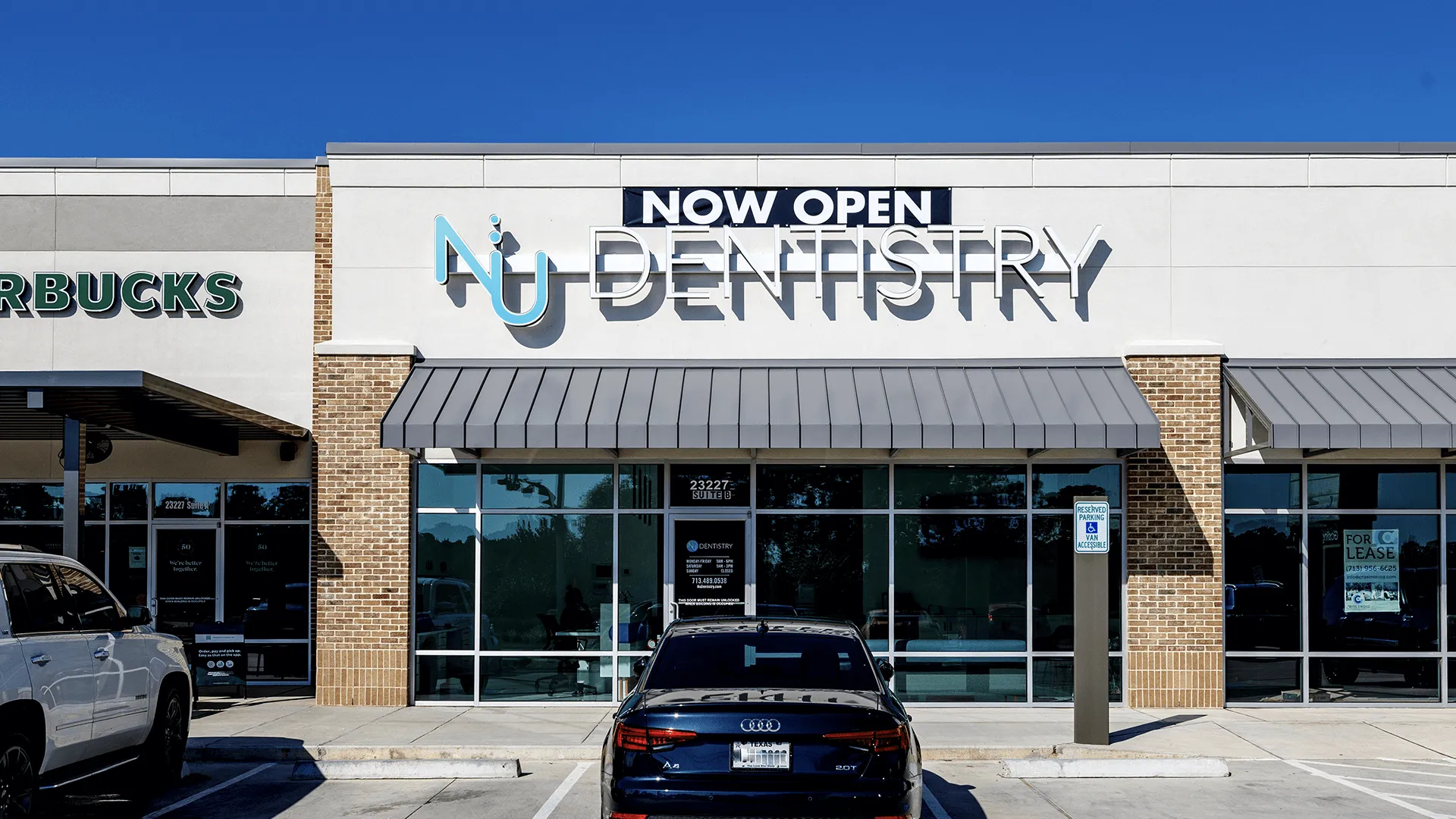
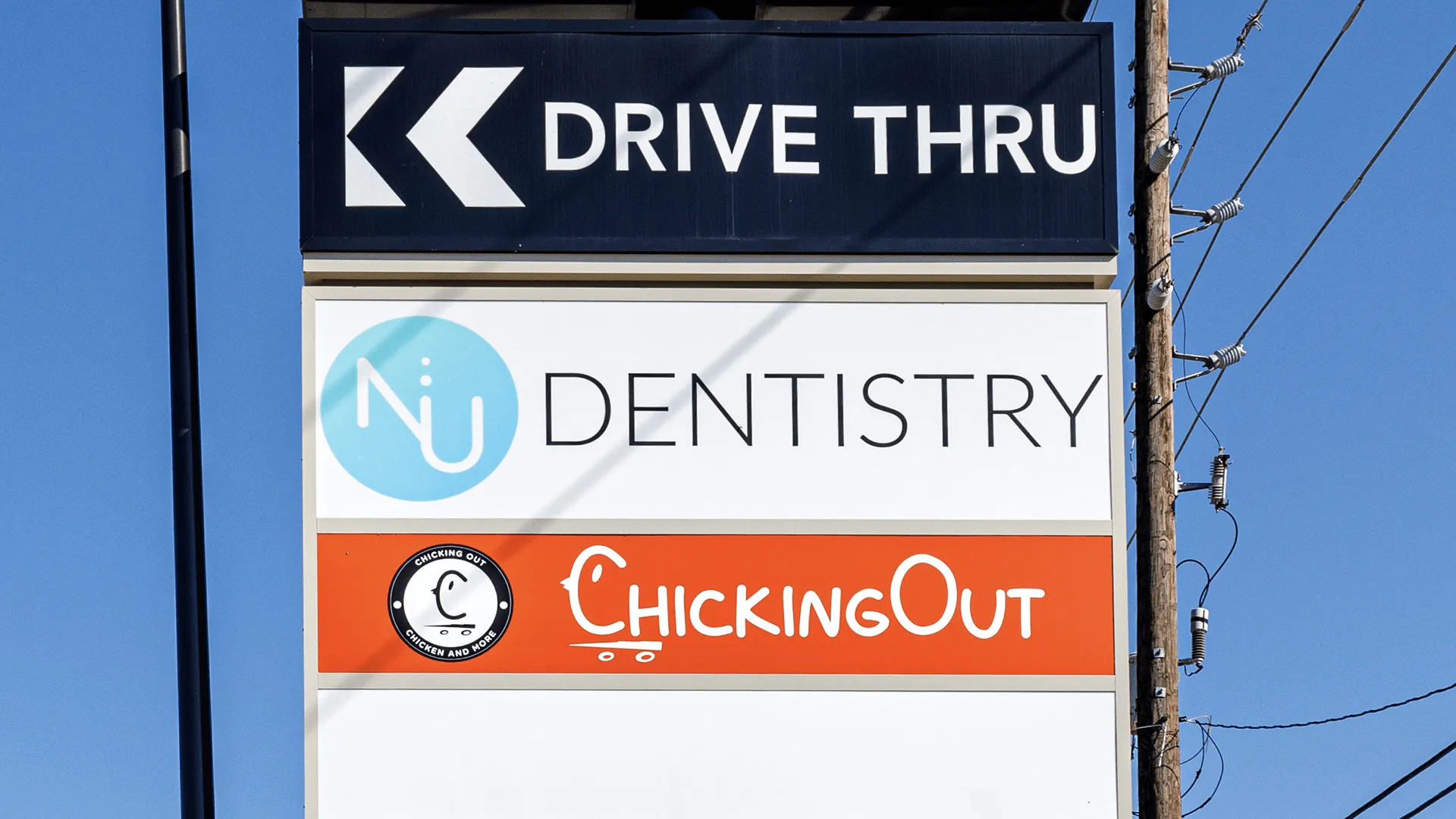
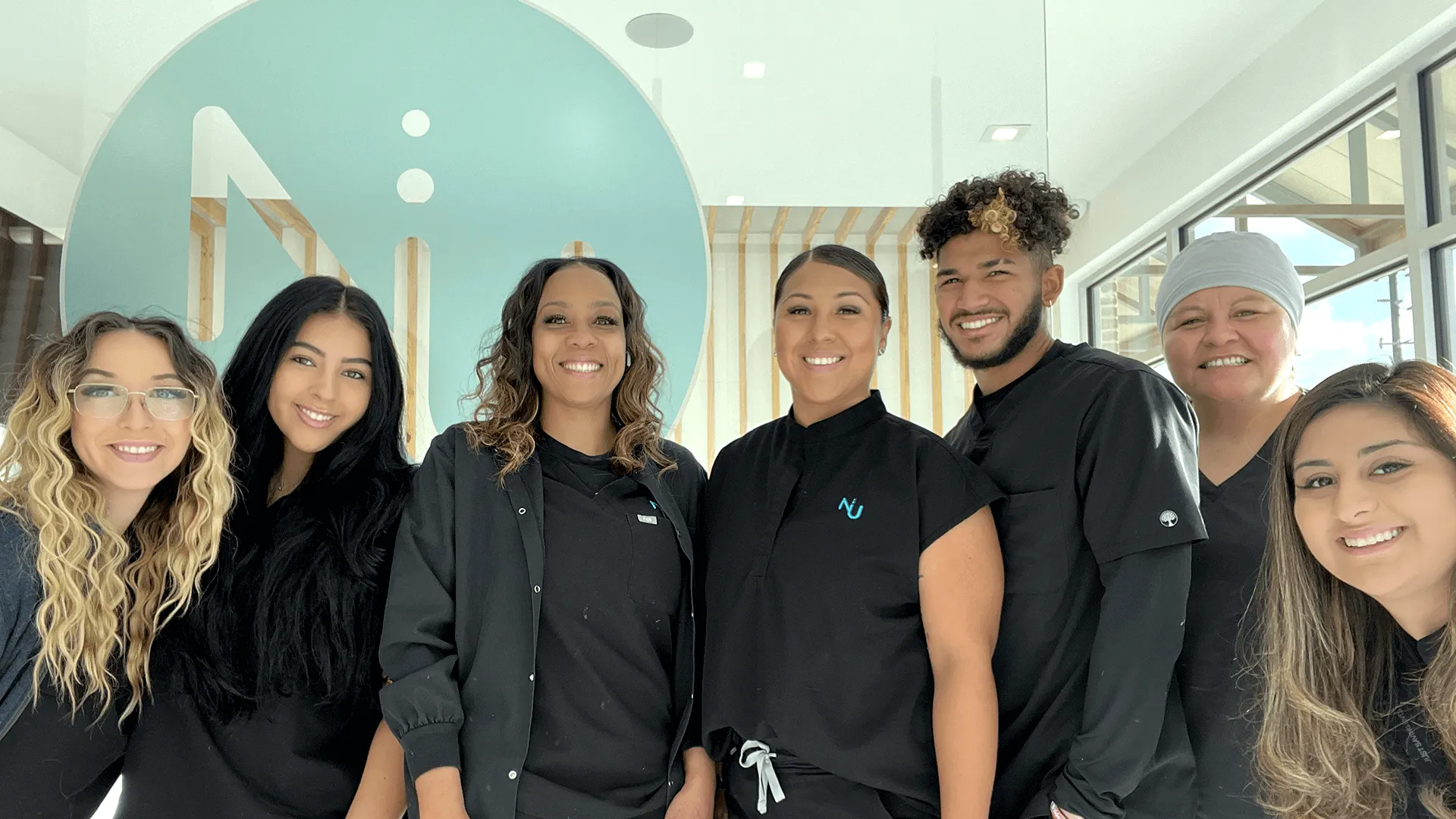

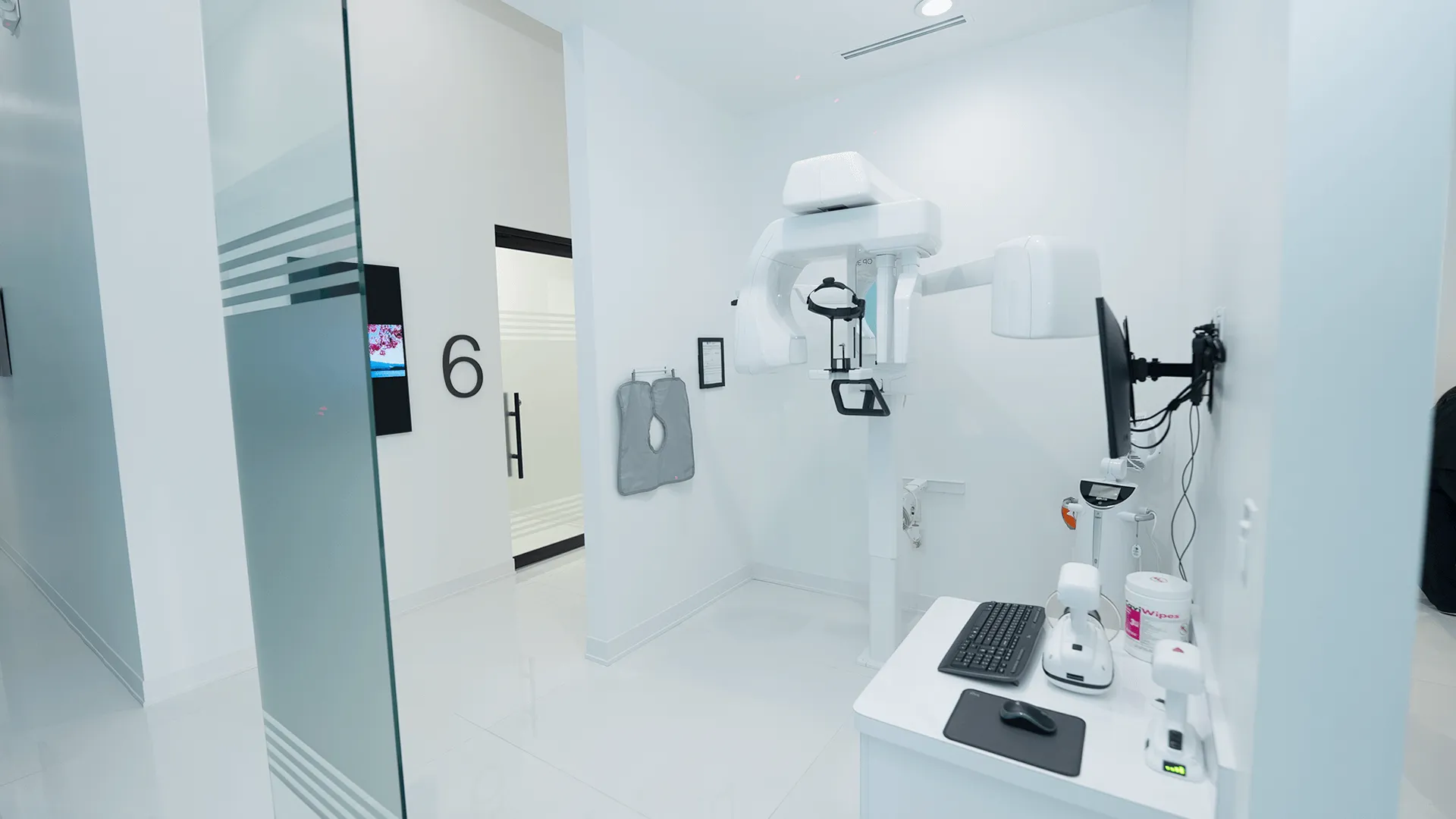
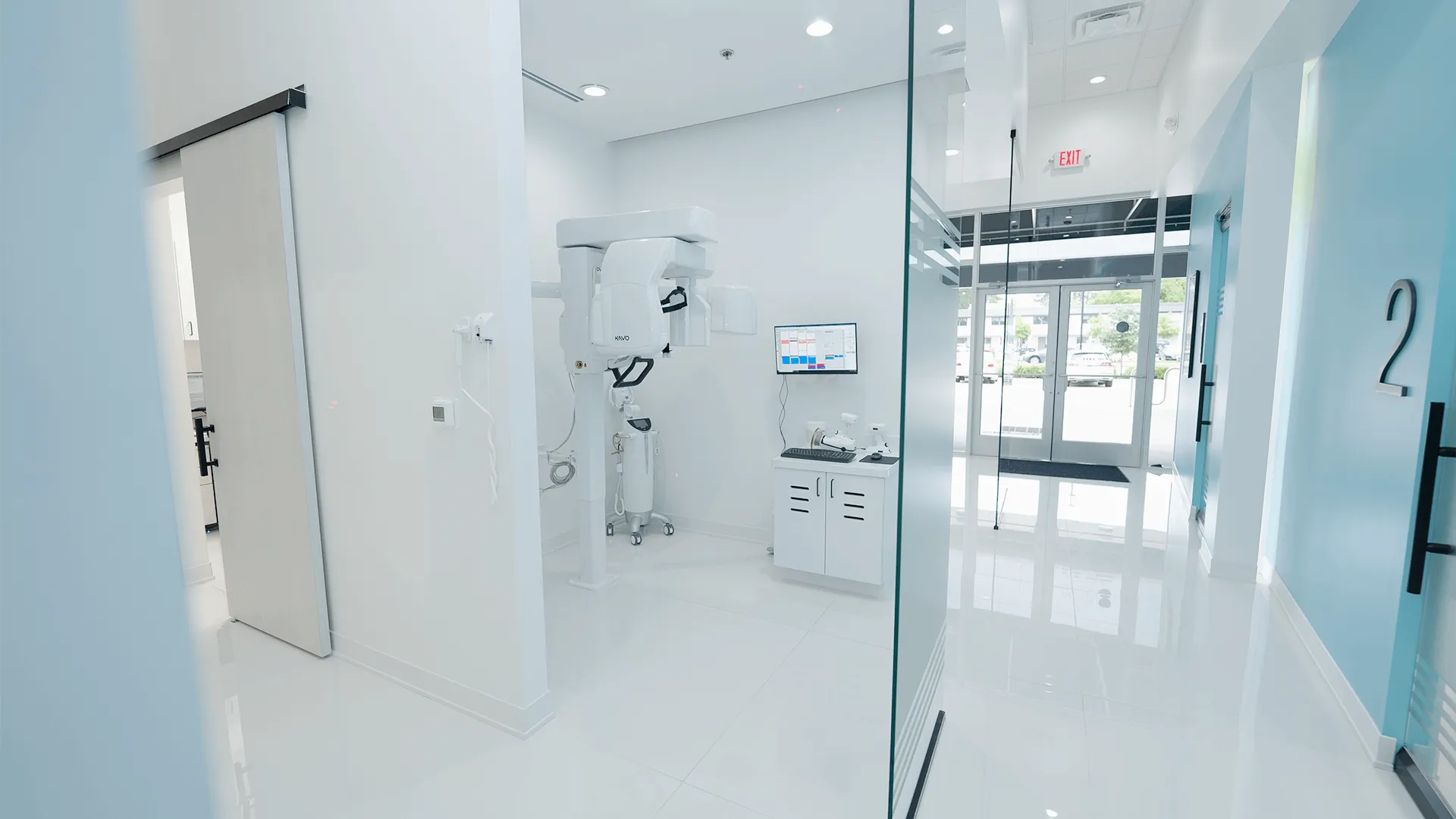




CARING DENTISTS Missouri City, TX
OUR SOCIALS
Check us out and follow our accounts on the following social media platforms....